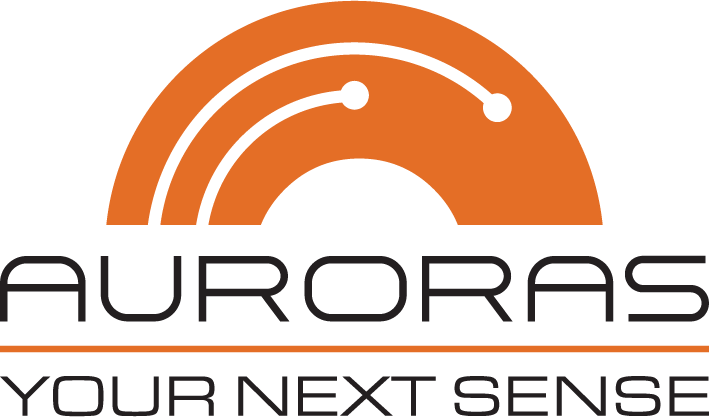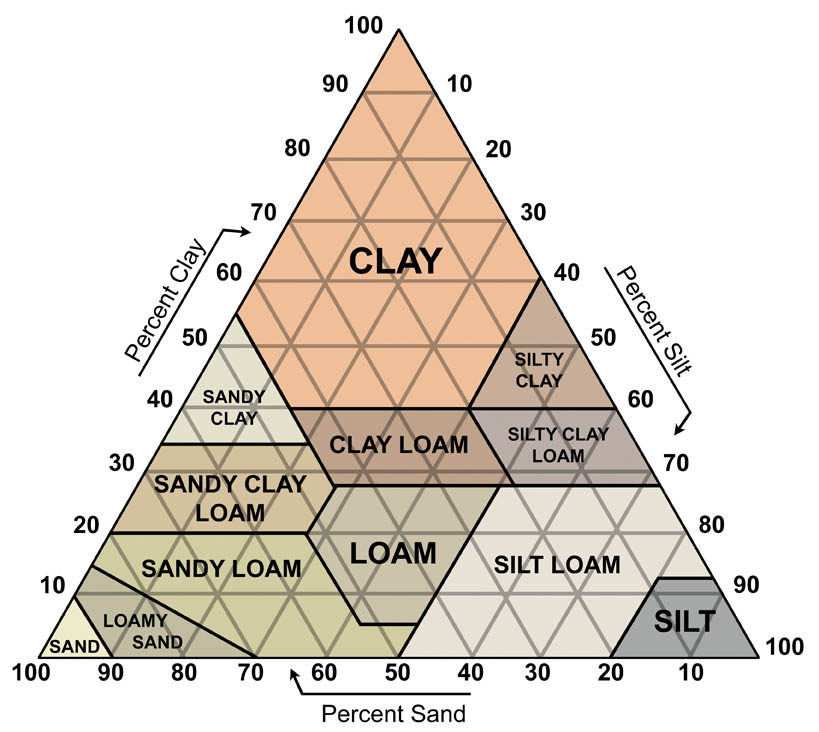With all the different types of Soil Moisture Sensors and measurement techniques and the different technologies that they employ, choosing the right one can be a confusing and time consuming process.
Time Domain Reflectometry (TDR) Sensors
Soil Moisture Sensors that use the Time Domain Reflectometry (TDR) function in a somewhat similar way to FDR probes, but the mechanics behind the measurement system are different. TDR sensors propagate a pulse down a line into the soil, which is terminated at the end by a probe with wave guides. TDR systems measure the determine the water content of the soil by measuring how long it takes the pulse to come back.
TDR soil moisture measurement devices require a device to generate the electronic pulse and need to be carefully calibrated in order to precisely measure the amount of time it takes for the pulse to propagate down the line and back again. They are also sensitive to the saline content of salt and relatively expensive compared to some measurement methods. However, TDR devices do respond quickly to varying soil moisture.
Frequency Domain Reflectometry (FDR) Sensors
There are many soil moisture probes on the market today that use the Frequency Domain Reflectometry method (FDR) of soil measurement. This method of measurement also uses an oscillator to propagate an electromagnetic signal through a metal tine or other wave guide, but with this method, the difference between the output wave and the return wave frequency is measured to determine soil moisture.
Frequency Domain Reflectometry (FDR) probes are considered accurate but must be calibrated for the type of soil they will be buried in. They offer a faster response time compared to Time Domain Reflectometer (TDR) probes and can be connected to a standard data logger to collect readings.
Coaxial Impedance Dielectric Reflectometry Sensors
Soil Misture Probes that use the Coaxial Impedance Dielectric Reflectometry method of soil moisture measurement employ an oscillator to generate an electromagnetic signal that is propagated through the unit (usually by metal tines or other wave guide) and into the soil.
Part of this signal will be reflected back to the unit by the soil, and the sensor will measure the amplitude of this reflected signal and the incident signal in volts . The ratio of these raw voltages is used in a mathematical numerical solution to Maxwell’s equations to first calculate the impedance, then both real and imaginary dielectric permittivities which in turn is used to accurately estimate soil water content.
The Stevens Hydra Probe is the only commercially available sensor to use the Coaxial Impedance Dielectric Reflectometry method along with complex computations in soil measurement, resulting in the Hydra Probe’s high measurement accuracy. The soil measurement computations are performed by a microcontroller inside the Hydra Probe, making it easy to use as the probe can output results in standard engineering units.
Gypsum Blocks
Gypsum blocks Soil Moisture probes use two electrodes placed into a small block of gypsum to measure soil water tension. Wires connected to the electrodes are connected to either a portable hand-held reader or a data logger. The amount of water in the soil is determined by the electrical resistance between the two electrodes within the gypsum block. More water present in the soil will reduce the resistance, while less water will increase it.
While gypsum blocks can be relatively inexpensive and easy to install compared to other types of soil sensors, they have to be replaced periodically as the gypsum disintegrates. Gypsum blocks are also more sensitive to having readings throwing off by soil with high salinity (salt content).
Neutron Probes
Neutron probes are another way to measure soil moisture content. A probe inserted in the ground emits low-level radiation in the form of neutrons. These collide with the hydrogen atoms contained in water, which is detected by the probe. The more water content in the soil, the more neutrons are scattered back at the device.
Neutron Soil Moisture probes are very accurate measurement devices when used properly but are expensive compared to most other measurement methods and generally have to be registered with the federal government due to radioactive elements used to emit the neutrons.
Gravimetric Probes
Gravimetric soil moisture measurement involves taking a sample of the soil from the site, weighing the sample, drying it in an oven for 24 hours and then re-weighing it to determine how much water was lost.
This soil measurement technique is inexpensive and easy to execute, but the long wait time from sample to result and the process cannot be automated. It is also difficult to obtain data from moderate soil depths as digging a new sample each time is necessary.
When using a soil moisture sensor, it’s important to know what type of soil you’re dealing with in order to ensure the most accurate results possible. The following video will help you to understand what type of soil you have.

